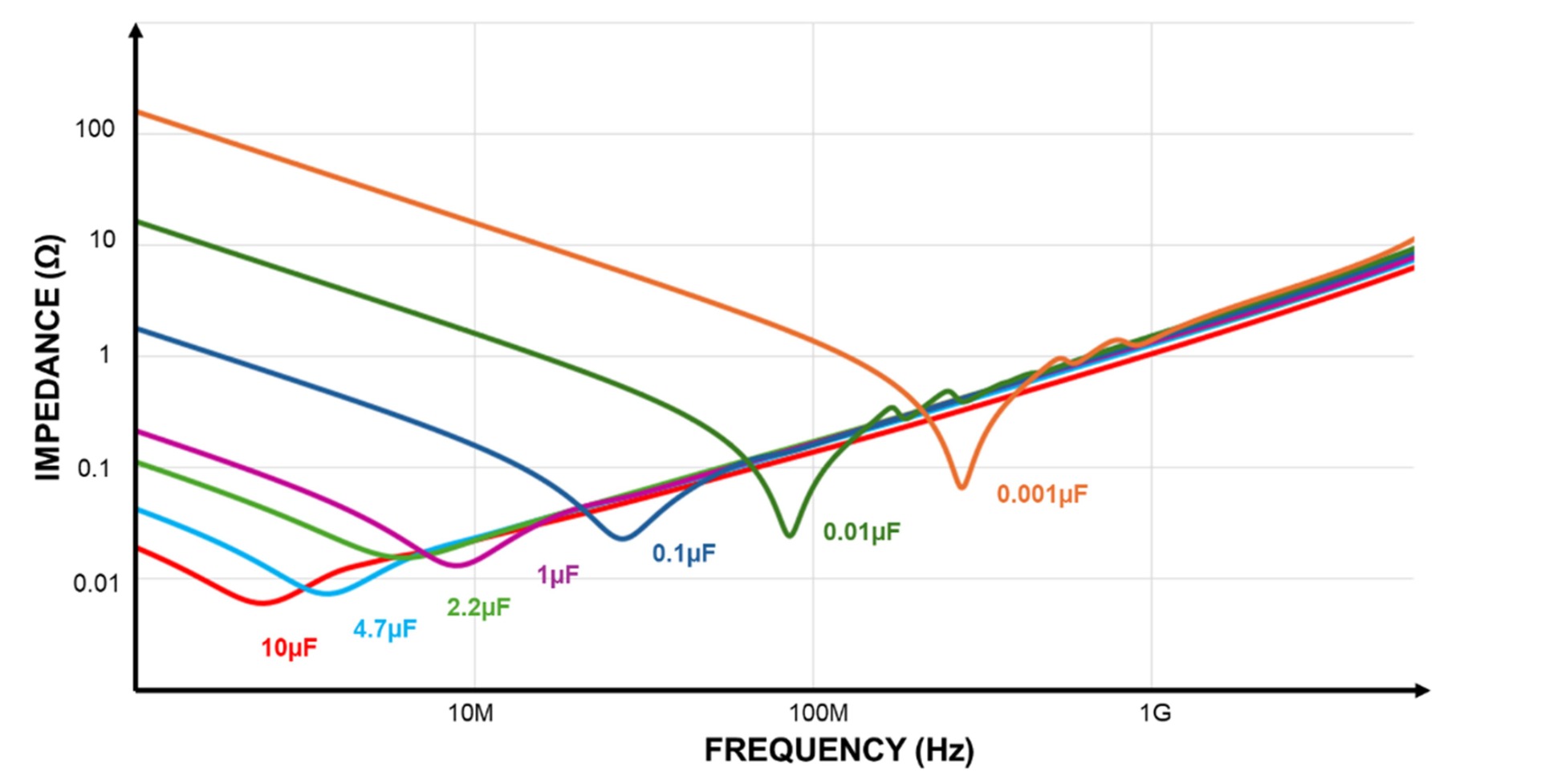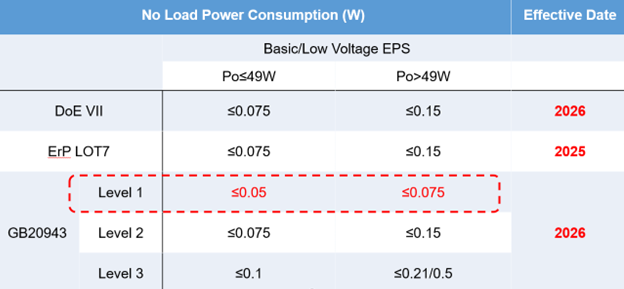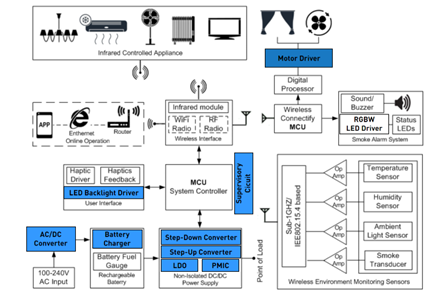The War of Currents
Numerous technological developments and scientific discoveries have shaped the evolution of electrical power networks, but none has been as dramatic and foundational as the "War of Currents." This important time in the late nineteenth century was marked by a furious struggle between two of history's most renowned inventors, Thomas Edison and Nikola Tesla. Their dispute revolved around the fundamental question of how electrical power should be created, transferred, and distributed over the developing electric grid: Direct Current (DC), as advocated by Edison, or Alternating Current (AC), as suggested by Tesla.
Edison vs. Tesla
Thomas Edison, an established inventor and entrepreneur, had already earned renown and commercial success with his development of the incandescent light bulb and the formation of his electric light company. Edison's electrical distribution system was based on direct current (DC), which at the time supplied electricity to various urban areas for lighting. Despite their practical effectiveness, his DC systems had severe limitations, most notably the inability to efficiently transmit power over long distances due to fast voltage dips, necessitating the installation of power stations at near intervals.
Then came Nikola Tesla, a talented inventor and electrical engineer, who proposed a new approach to electrical power: alternating current. Tesla's work on AC systems promised to overcome DC's constraints, allowing for the transmission of electricity over much longer distances with little losses. Transformers allowed AC power to be readily stepped up or down, which was a major advantage for effective electricity transmission.
The rivalry between Edison and Tesla grew as each sought to demonstrate the superiority of his own electrical system. Edison, desperate to safeguard his DC-based economic interests, launched a campaign to disparage AC technology, claiming it was unsafe and ineffective. Tesla, on the other hand, found a formidable supporter in George Westinghouse, an inventor and industrialist who saw the promise of alternating current power and bought Tesla's patents to develop the first AC electrical systems.
The Resolution
The Niagara Falls Power Project, which used Tesla and Westinghouse's alternating current method to generate and transmit power from Niagara Falls to Buffalo, New York, marked a watershed moment in the War of Currents. The project's success established the practicality and efficiency of alternating current electricity, resulting in its adoption as the norm for electrical energy production and transmission.
The War of Currents eventually concluded with Tesla and AC power emerging victorious, paving the way for the fast expansion of infrastructure for electricity throughout the United States and the world. This age of fierce rivalry not only influenced the future of electric power, but also demonstrated the value of creativity, vision, and endurance in the face of technological hurdles.
Key Milestones in the Development of AC Power Systems
Understanding these milestones offers insight into the challenges and innovations that have shaped the current landscape of electrical power systems. The remarkable journey of innovation, adaptation, and technological advancement that has characterized Alternating Current (AC) power systems from early generators to modern smart grids has been marked by several significant milestones that have profoundly influenced the way electricity is generated, transmitted, distributed, and utilized worldwide.
Early Generators: The first useful AC generators, or alternators, were created in the late 19th century, which is when AC power systems initially emerged. Although these early devices could generate AC electricity, Nikola Tesla's work in the 1880s was what really made AC systems capable of much more. Through the creation of the polyphase AC system and the construction of transformers and an induction motor, Tesla made it possible to generate, transmit, and use electricity over vast distances with efficiency. During this period, the first hydroelectric power plant was built in Niagara Falls, serving as a significant example of the mass-consumption potential of AC electricity.
Expansion and Electrification: Early in the 20th century, cities and towns all over the world began to electrify and expand quickly, installing AC power infrastructure. The construction of extensive electrical grids was made possible by the development of bigger and more effective generators as well as improvements in transformer technology. These networks could supply reliable power to residential, commercial, and industrial consumers, spurring social change and economic expansion.
Rural Electrification: The 1930s rural electrification of the United States was a major turning point in the development of AC power systems. Driven by the New Deal programs, this effort sought to bring electrical services to rural areas, which had been largely disregarded because of the higher expenses associated with developing infrastructure. The successful implementation of rural electrification significantly raised living standards in these areas and illustrated the importance of readily available electricity to society.
High-Voltage Transmission: High-voltage AC transmission systems became available in the middle of the 20th century, enabling the effective and low-loss transportation of energy across long distances. The construction of sophisticated control and protection apparatus, together with advancements in insulation and tower design, made it easier for national and international grid networks to grow. Through improved power supply stability and dependability, these networks facilitated regional interconnectedness and economic diversification.
Modern Smart Grids: The most recent development in the growth of AC power systems is the switch to contemporary smart grids. Digital technology is used by smart grids to optimize, monitor, and manage the production, transmission, distribution, and use of power. Efficiency gains, increased dependability, and increased sustainability are made possible by features like automated control systems, sophisticated metering infrastructure, and real-time data processing. Furthermore, smart grids play a critical role in the integration of distributed generation, electric vehicles, and renewable energy sources into the electrical grid, signaling a major change toward a future in energy that is more resilient, adaptable, and sustainable.
Evolution of AC Power Standards
The growth and international spread of electrical power systems have been greatly aided by the standardization of AC power frequency and voltage levels. This move toward standardization is the result of a deliberate attempt to improve safety, efficiency, compatibility, and interoperability among various technologies and geographical areas. The transition from a dispersed environment with numerous local standards to a more standardized worldwide system emphasizes how crucial agreement and cooperation are between scientists, engineers, governments, and international organizations.
Early Variability and Challenges
There was no agreement in the early days of electrification regarding the ideal voltage or frequency for AC power networks. Different companies and innovators worked separately, putting their unique standards-based systems into practice. The production, distribution, and usage of electrical appliances and machinery were all made more difficult by this lack of uniformity, which created serious problems for the interoperability of electrical systems and equipment. In addition, the disparity in standards created obstacles to the effective transfer of power across regional and long-distance boundaries.
The Drive Towards Standardization
The advantages of a single electrical system grew more and more clear, and in the late 19th and early 20th century, the push for standardization got on. There are two main frequencies that are in the running to become the global standard: 50 Hz and 60 Hz. Numerous technological, economic, and historical issues influenced the decision to choose these frequencies. For instance, 50 Hz grew in popularity in Europe and other regions of the world, whereas 60 Hz was embraced in North America, partially because of the impact of Tesla and Westinghouse.
Similar trends emerged with voltage standardization, with early systems having significant variations. The goal of efforts to standardize voltage levels over time was to strike a balance between end-user safety and the requirement for efficient power transmission. As a result, various standard voltages were adopted for varying purposes, such as low voltage levels for home usage and higher voltage levels for industrial uses and long-distance transmission.
Impact of Global Standardization
The AC power sector as well as society at large have been significantly impacted by the worldwide standardization of frequency and voltage. Standardization has made it easier to produce electrical equipment and appliances in large quantities, which has drastically decreased costs and improved accessibility for customers all over the world. Additionally, it has made it possible for global electrical networks to grow, improving energy security and making cross-border electricity exchanges more effective.
Standardized AC power networks have also made it easier to integrate renewable energy sources, which has improved the sustainability and resilience of the world's energy supply. Maintaining and updating existing standards to take into account new technologies and difficulties is crucial as the world moves closer to becoming a more electric and connected place.
Historical Impact of AC Power on Industrialization and Urban Development
The introduction of Alternating Current (AC) power systems and their subsequent widespread use have revolutionized urban and industrial development, changing the socioeconomic environment of the 20th century and beyond. The ability to efficiently produce, transmit, and distribute electricity across great distances transformed a number of industries and aided in the world's cities' explosive urbanization. This section delves into the critical role that AC electricity plays in propelling these essential transformations.
Catalyst for Industrial Growth
The introduction of alternating current (AC) power systems provided a dependable and efficient supply of energy, which was critical for factory operation and capacity increase. Electric motors powered by alternating current supplanted steam engines and water wheels, providing improved efficiency, flexibility, and safety. This transformation enabled industries to boost efficiency and diversify manufacturing methods, resulting in mass production and significant cost reductions.
Furthermore, AC power enabled the centralization of production facilities by allowing electricity to be transported from distant power plants to urban areas. This centralization helped to provide economies of scale and drive the rise of businesses like steel manufacturing, automotive production, and chemical processing. The availability of inexpensive and plentiful electrical power became a competitive advantage, luring firms and driving economic development in areas with access to AC power infrastructure.
Urbanization and Quality of Life
The significance of AC power on urban development was enormous. Cities, fueled by electricity, became centers of economic activity, culture, and innovation. Street lighting supplied by AC altered urban environments, increasing safety and extending productive hours into the night. Public transportation systems, such as electric trams and subways, evolved, improving mobility and influencing urban development.
The introduction of alternating current power transformed residential life as well. The electrification of dwellings facilitated the use of a wide range of equipment, raising living standards and reducing manual work. Refrigeration, air conditioning, and electric cookery revolutionized daily living, while electric lighting expanded the day, influencing education, leisure, and social activities.
Infrastructure and Planning
Planning and infrastructure had to progress significantly in order to implement AC power systems. Building power plants, distribution networks, and transmission lines became essential parts of plans for urban expansion. New engineering and urban planning disciplines and practices have emerged as a result of the need to carefully plan and integrate this infrastructure into the urban environment.
The creation of electrical regulations and safety standards was also an important component of this history. As cities grew and energy consumption increased, guaranteeing the safety and stability of AC power networks became a top responsibility. This resulted in the formation of regulatory bodies and the development of standards governing the safe installation and operation of electrical systems.






直接登录
创建新帐号